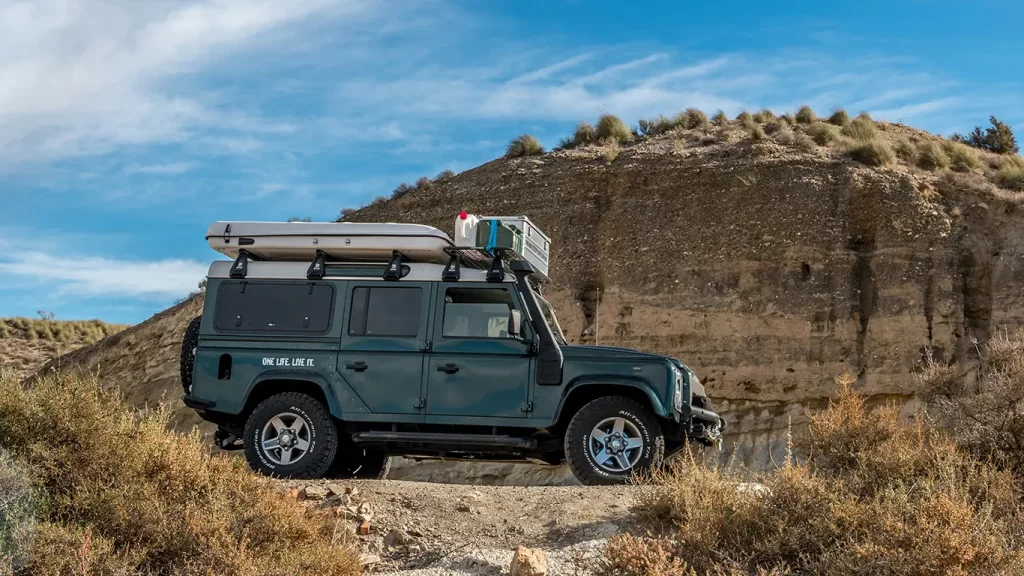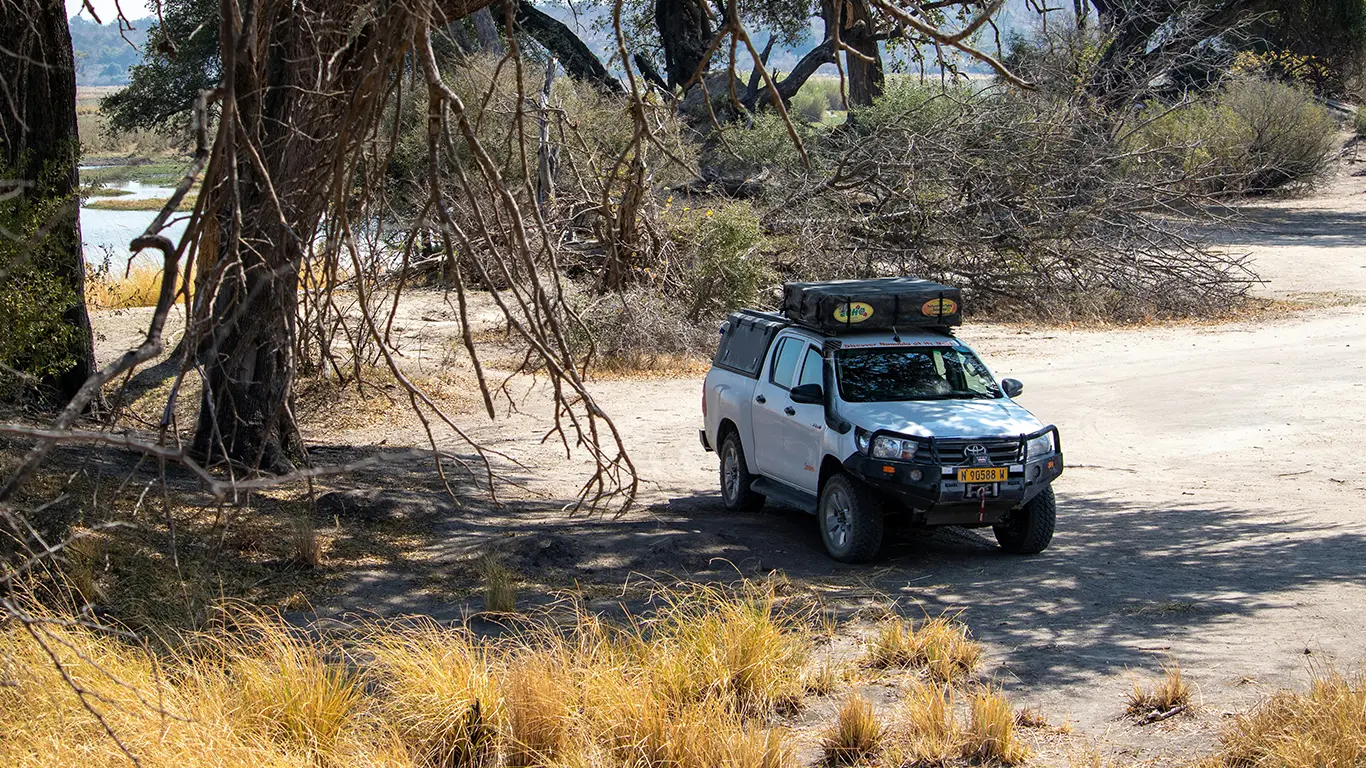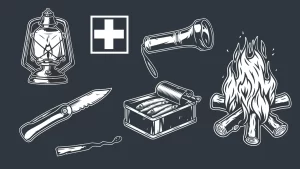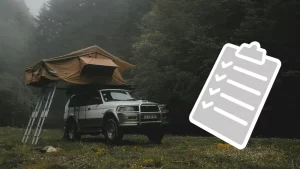Since its birth sometime in the last century—when our forefathers decided to hoist their sleeping quarters above the dirt and danger—the rooftop tent has evolved from a mere canvas sack into a high-tech fortress. The debate rages on over who first strapped a tent to a machine and called it camping, alas, the truth may forever remain lost in the smoke of nostalgia.
Welcome to another episode of “31 Days of Rooftop Tents,” where we peel back the layers of this popular form of elevated refuge and take a closer look at the materials you see first when the tent is idle.
SOFT SHELL
Sitting atop your vehicle with the elegance and aerodynamics of a brick, the soft-shell tent is typically ensconced in a layer of robust waterproof material, reminiscent of what you might see on HGV trailers. Zipped closed at its base, the cover is pulled tight and held in place by straps and/or Velcro to withstand any degree of hot, cold or wet, and to ward off low-hanging foliage.
But what if tragedy should strike and the cover meets a wayward branch? Do not despair. A needle, thread, and a piece of scrap material can transform a tear into a DIY triumph.
In essence, the soft-shell cover exists solely to guard your precious tent from the elements when it’s off-duty. When the tent is deployed, the cover can either be removed and stowed away, or left attached to the base.
If the tent is kept on the vehicle all year round, maintenance will be limited to regular cleaning to prevent moss development (which leads to moisture collection) and keeping the zip free of grime to prevent it from jamming.
Soft-shell tents can be lighter than their hard-shell alternatives.
HARD SHELL AND HYBRID
Now we’re talking covers with benefits. The traditional hard shell is often made from materials such GRP, ABS, or even aluminium. The top and bottom shells are clasped firmly together ensuring this style of case will bravely face off anything Mother Nature can hurl at you, as well as providing a more robust line of defence against the aforementioned low-hanging branches.

Although these materials are heavier, they do offer great structural strength and provide an extra layer of security against vandalism.
Sleek and aerodynamic, these cases are fuel friendly and can sometimes be conscripted into other tasks such as providing a mounting space for a solar panel or even, with additional rails, carrying sports equipment such as skis or a canoe. A good thing when you consider just how much roof space a hard-shell tent can occupy.
Read the manual and ask the manufacturer or representative about the load capacity of the shell, and keep in mind how much total weight you will be accumulating on the roof (ref. 2/31: Static and dynamic roof loads)
Hard shells typically require less maintenance and can last longer without significant wear, making them a more durable investment in the long run.
CONCLUSION
In summary, both soft covers and hard shells have their unique advantages, depending on the user’s preferences, camping environment, and intended use.
Soft shells are lighter and take up less space. They pose more resistance to wind, benefit from regular maintenance, and are more susceptible to damage from low hanging branches.
Hard shells and hybrids are heavier, sturdier, but require less maintenance. In return for the space they occupy on the roof, they can, in some cases, carry other items such as a solar panel.
12/31: Materials (part 2)
Photography: Jan-Ludwig Tiedemann (soft shell) | Peter Schulz (hard shell)







